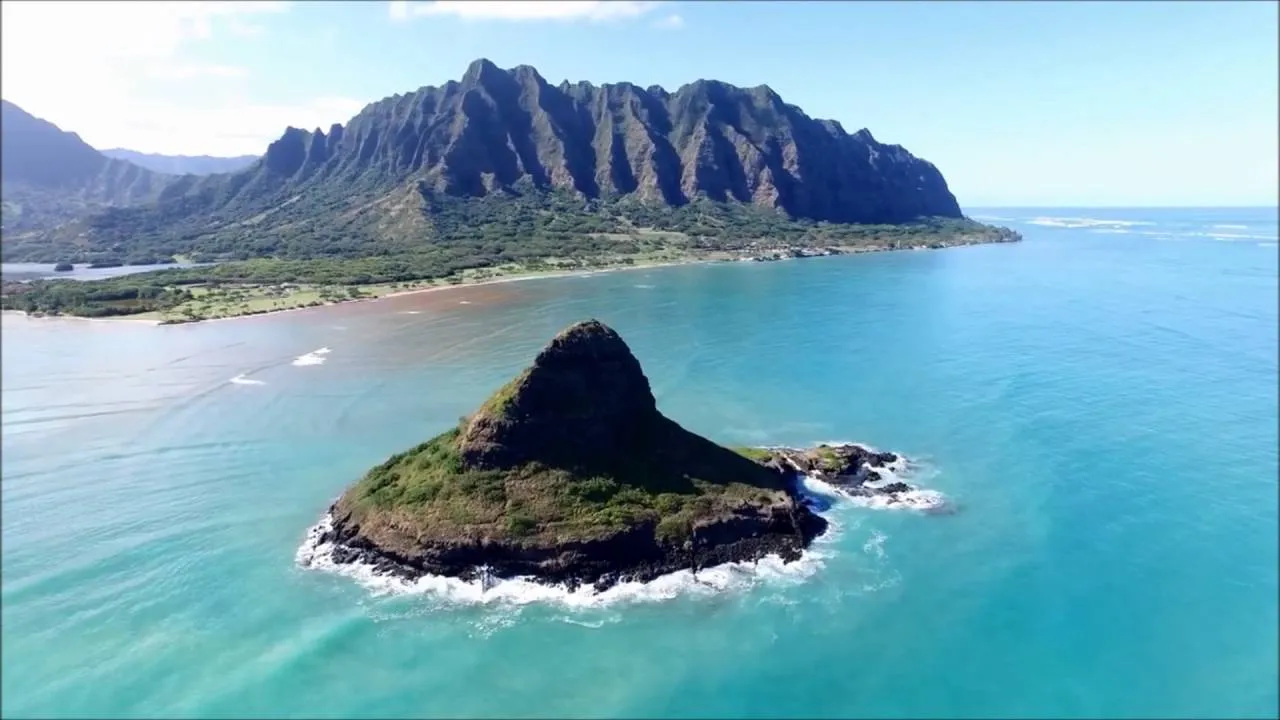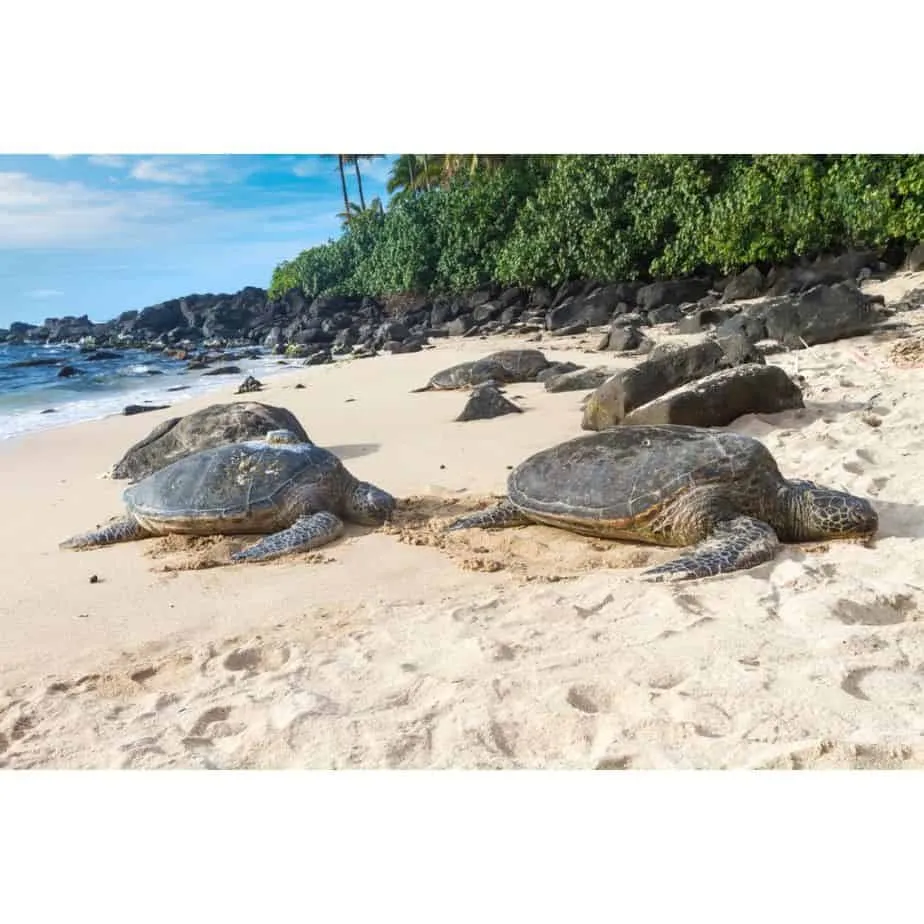Hawaii, the paradise archipelago in the Pacific Ocean, is renowned not only for its white sandy beaches and turquoise waters but also as an ideal destination for those passionate about wildlife photography. Let’s explore the unique photography experiences and capture magical moments of nature in Hawaii.
The Diverse Wildlife Beauty of Hawaii
Hawaii boasts a diverse ecosystem, ranging from lush tropical rainforests to majestic volcanoes, offering photographers endless opportunities to unleash their creativity. Each island possesses a distinct beauty, promising different photography experiences.
Hawaii Volcanoes National Park (Big Island)
Big Island, the largest island of Hawaii, is famous for Hawaii Volcanoes National Park, where you can witness the extraordinary power of Mother Nature. Photographing flowing lava at night is an unforgettable experience.

Turtle Beach (Oahu)
If you love wildlife, don’t miss the chance to visit Turtle Beach (Laniakea Beach) on Oahu island. This is where Hawaiian green sea turtles often come to bask and rest. Be sure to bring a telephoto lens to capture their adorable moments without disturbing their natural life.

Hanauma Bay (Oahu)
Hanauma Bay is a famous marine reserve where you can snorkel among coral reefs and colorful tropical fish. Underwater photography is an exciting challenge requiring skills and specialized equipment, but the results will amaze you.
Effective Wildlife Photography Tips in Hawaii
To capture impressive wildlife photos in Hawaii, you need thorough preparation regarding equipment, knowledge, and skills. Here are some useful tips:
Research the Destination
Learn about the terrain, weather, lighting, and the unique flora and fauna of your destination. This helps you plan your photoshoot in detail and prepare suitable equipment.
Choose the Right Time
Lighting is the most crucial element in photography. The ideal time for nature photography is early morning or late afternoon when the light is soft and warm, creating beautiful effects.
Be Patient and Observe
Wildlife always holds surprises. Take the time to observe, wait, and capture unique moments. Sometimes, the best photos come from patience and luck.
Use Appropriate Equipment
A wide-angle lens is suitable for capturing majestic landscapes, while a telephoto lens is ideal for photographing wildlife from a distance. Don’t forget to bring a tripod, filters, and other accessories to support your photography process.
Respect the Environment
Always maintain a safe distance from wildlife, and do not disturb or harm them. Adhere to the rules of reserves and national parks and preserve the environment.
Important Considerations When Photographing in Hawaii
Besides the above tips, keep in mind a few issues to ensure a safe and successful photography trip:
- Weather: The weather in Hawaii can change rapidly. Check the weather forecast before you go and prepare raincoats, sunscreen, hats, and other essentials.
- Terrain: The terrain in Hawaii can be challenging, especially in volcanic and forest areas. Wear sturdy hiking shoes and follow designated trails.
- Safety: Always be alert to potential dangers like big waves, falling rocks, and dangerous wildlife. Do not venture alone into remote areas.
- Permits: Some areas may require special permits for commercial photography or filming. Do thorough research before you go.
Suggested Wildlife Photography Itinerary in Hawaii
For a memorable wildlife photography trip in Hawaii, you can refer to the following itinerary:
- Days 1-2: Oahu Island: Explore Waikiki Beach, Pearl Harbor, Hanauma Bay, Turtle Beach, and North Shore.
- Days 3-4: Big Island: Visit Hawaii Volcanoes National Park, Rainbow Falls, Akaka Falls State Park.
- Days 5-6: Maui Island: Watch the sunrise on Haleakala summit, drive the legendary Hana Road, explore Ka’anapali Beach.
- Day 7: End of Journey: Shop for souvenirs and prepare to return home.
Hawaii is a paradise for wildlife photography enthusiasts. With thorough preparation and passion, you will have wonderful experiences and capture memorable moments on this beautiful island. Grab your camera and explore Hawaii now!